It should be stressed right from the get-go that computer-generated imagery is not an automatically bad thing. There are some gorgeous-looking films with outstanding special effects that were pulled off with high-tech computers; sights realized that couldn't have been fully captured in decades past. That's even before considering how many great films made nowadays utilize a mix of CGI and practical effects, as when a film properly uses the best of both worlds, it can provide a visually spectacular experience (something like Mad Max: Fury Road might be the gold standard when it comes to this, capturing many real stunts that were enhanced with CGI or placed into partly computer-generated environments).
But to get a film that doesn't use any CGI for its special effects is an almost unheard-of affair these days. This means that if you want to marvel at films that create fantastical words, high-tech futures, or terrifying monsters without the use of computers, you usually have to look to the past. Certain films are shining examples of CGI-free special effects being executed brilliantly. While they're far from the only movies with great non-CGI special effects, they collectively demonstrate the power older techniques and technologies have to create movie magic that still holds up.
'The Thing' (1982)
It's impossible to have a conversation about great special effects in a pre-CGI age without bringing up John Carpenter's masterpiece, The Thing. It follows a group of American researchers isolated in Antarctica and forced to survive against a ruthless and mysterious alien life form that can transform into any living creature it comes into contact with.
The unforgettable special effects come into play whenever the alien is shown on-screen. It can contort and reshape itself into horrific, gory-looking shapes, and it's all realized on screen in nauseating detail. Puppetry, mechanical parts, and various other physical materials were used to ensure the alien looked gross and convincing at all times. In all honesty, the effects work done in this regard is so masterfully done that some scenes could still be too graphic and disgusting for certain viewers four decades after The Thing's release.
'Metropolis' (1927)
Fritz Lang's Metropolis is one of the most iconic and beloved silent films of all time, and for good reason. It paints a portrait of a futuristic city where oppressed workers rise up against the ruling class and has proved influential — in one way or another — to just about every science-fiction film that's followed it. It remains relevant almost a century later, as filmmakers in the 2020s still find inspiration from it.
Sure, it's easy to see through the cracks with many of the effects. It's not hard to notice what's a model or a miniature, and there have been more realistic robots realized in films since its release. But it's leagues and bounds ahead of just about any other attempts at large-scale special effects from 1920s cinema, and there are sequences in this (particularly the wide shots of the cityscape near the start and the flood sequences near the end) that still look genuinely impressive today.
'Day of the Dead' (1985)
Day of the Dead is the final part of George A. Romero's original Living Dead trilogy. Admittedly, it's more of a thematic trilogy, as none of the three films share the same characters, and Night of the Living Dead and Dawn of the Dead is the stronger films overall. But one area where Day of the Dead excels over its predecessors is in the effects department: namely, the gore.
It is one of the goriest movies ever made with no CGI, for sure. When the zombies attack the main characters — trapped inside an underground military base — the way they get torn apart and eaten is shockingly brutal and still looks disturbingly real. The previous zombie films from Romero were violent, but not to Day of the Dead's degree. The vivid, relentlessly extreme zombie and gore effects make Romero's third zombie movie legendary among strong-stomached horror fans.
'2001: A Space Odyssey' (1968)
Including 2001: A Space Odyssey in any discussion about great special effects is a no-brainer. Even viewers who find themselves less than thrilled with Stanley Kubrick's deliberately paced mediation on humanity — from its origins to its potential future — will begrudgingly admit that the special effects used throughout the film's numerous space sequences are perfect.
Honestly, even the monkey suits in the prologue don't look bad; after that, things become truly breathtaking. Gravity is defied, ships believably fly through space, alternate dimensions are flown through, and the surface of the Moon is depicted so convincingly that some conspiracy theorists thought NASA hired Kubrick to fake the moon landing in 1969, one year after 2001: A Space Odyssey's release. Now, that's a massive stretch, of course, but what can't be denied is that CGI-free space travel on-screen has never looked this believable.
'Who Framed Roger Rabbit' (1988)
Who Framed Roger Rabbit combines live-action with traditional animation better than any other film out there, and it's still hard to fathom how they pulled some sequences off so well. On top of the technical wizardry, it also helps that it's a very entertaining, funny movie, with its clash of film noir and classic cartoon slapstick, with Bob Hoskins acting convincingly alongside characters who weren't actually there, too.
There's so much detail and hard work that went into blending a cartoon world with a live-action one, and even more impressively, the cartoons are all drawn traditionally; they're not CGI-animated. Even if they were, it would still be remarkable, but the old-fashioned ways used to create something that still looks great in the modern day is one of the things that makes Who Framed Roger Rabbit a classic.
'Godzilla' (1954)
Godzilla (1954) kicked off a huge series, as it now has dozens of sequels and spin-offs. It keeps things simple, with no monster-sized threats for Godzilla to face; it's just one monster as an unstoppable force of nature and one nation desperately trying all they can to stop it. The simplicity and somber tone mean that for many, it still stands as the best entry in the series.
As such, even though later films also have their share of great special effects (and greatness in general), Godzilla was where the series' staples were first used, so it's possible to say it's also the most impressive effects-wise. Great use of miniatures, hiding the monster in shadow or darkness, and having an actor in a detailed, often convincing giant suit makes for a large-scale, classic monster movie that still holds up.
'Raiders of the Lost Ark' (1981)
The original and still the best of all the Indiana Jones movies, Raiders of the Lost Ark also contains some of the most exciting action and best special effects of the whole series. Being a globe-trotting adventure about recovering the Ark of the Covenant — and with some supernatural elements to boot — there were plenty of opportunities for the visual effects team to flex their skills.
Even after all the great stunt work and practical effects in the fights and chase scenes, it's probably the opening of the Covenant scene in the climax that provides the film's most memorable (and potentially most traumatic for younger viewers) effects.
'Jason and the Argonauts' (1963)
Jason and the Argonauts is an adaptation of the Greek myth about one man's quest to obtain the magical Golden Fleece to claim the throne that's rightfully his. It's decent enough fantasy stuff, but the creative special effects make the film memorable, even now, decades after its release.
With the ability to use limited CGI in film still 20-ish years away in 1963 — and the ability to use extensive CGI about 30 years away — Jason and the Argonauts had to make do with matte paintings and stop-motion. The latter of these works surprisingly well, especially the skeleton scene, as the somewhat jerky animation actually makes sense for them and allows them to be more menacing.

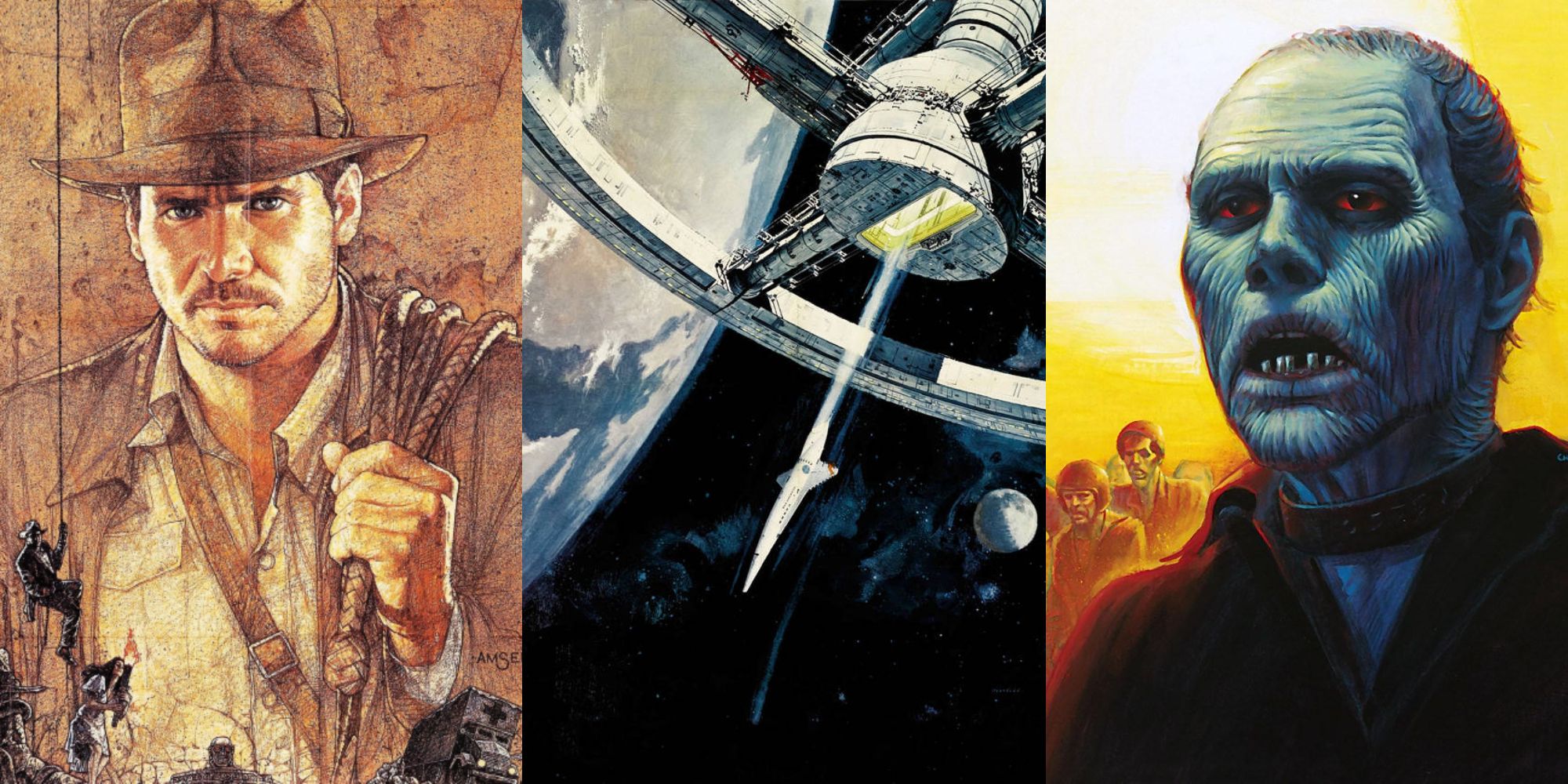
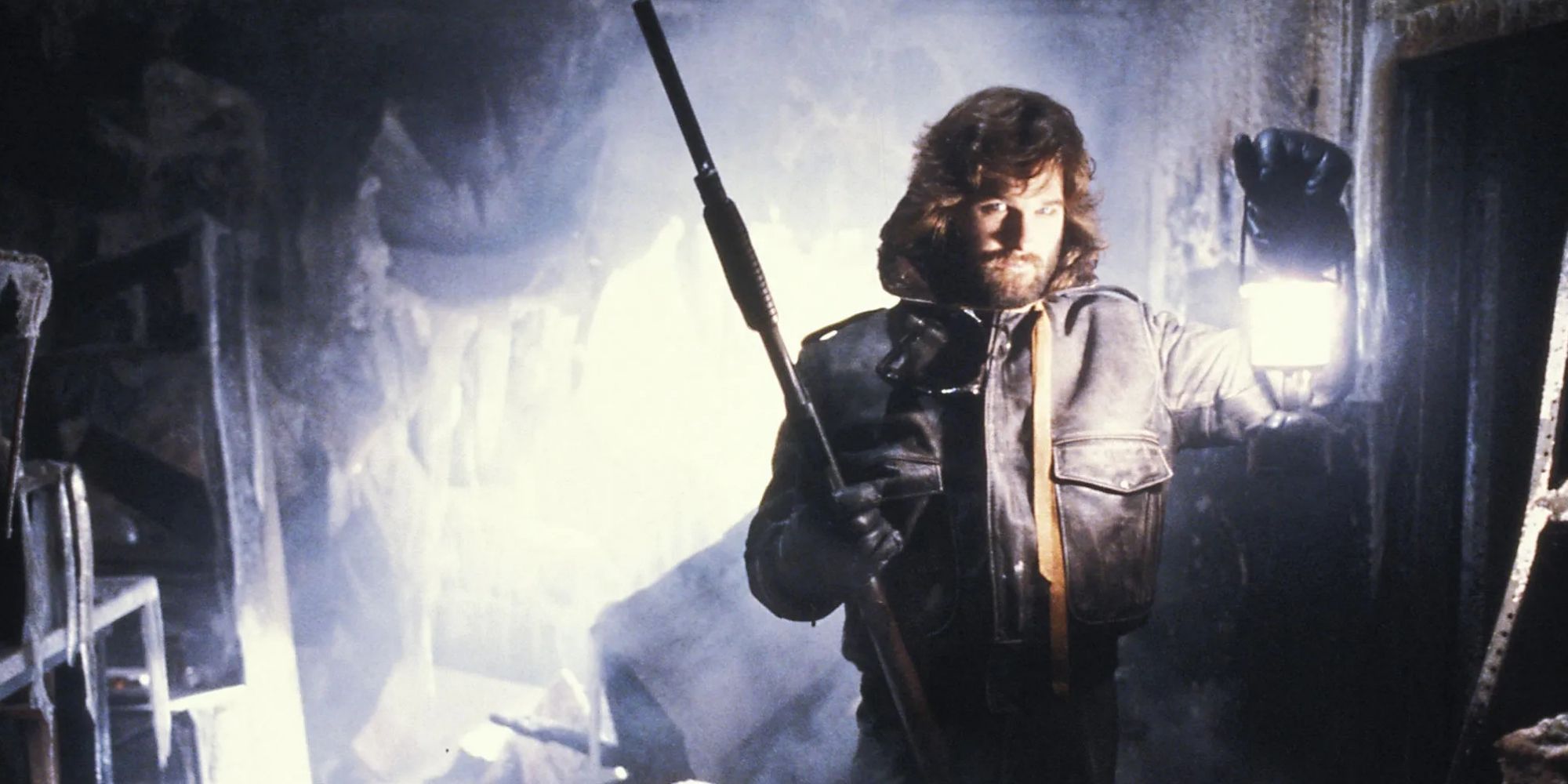

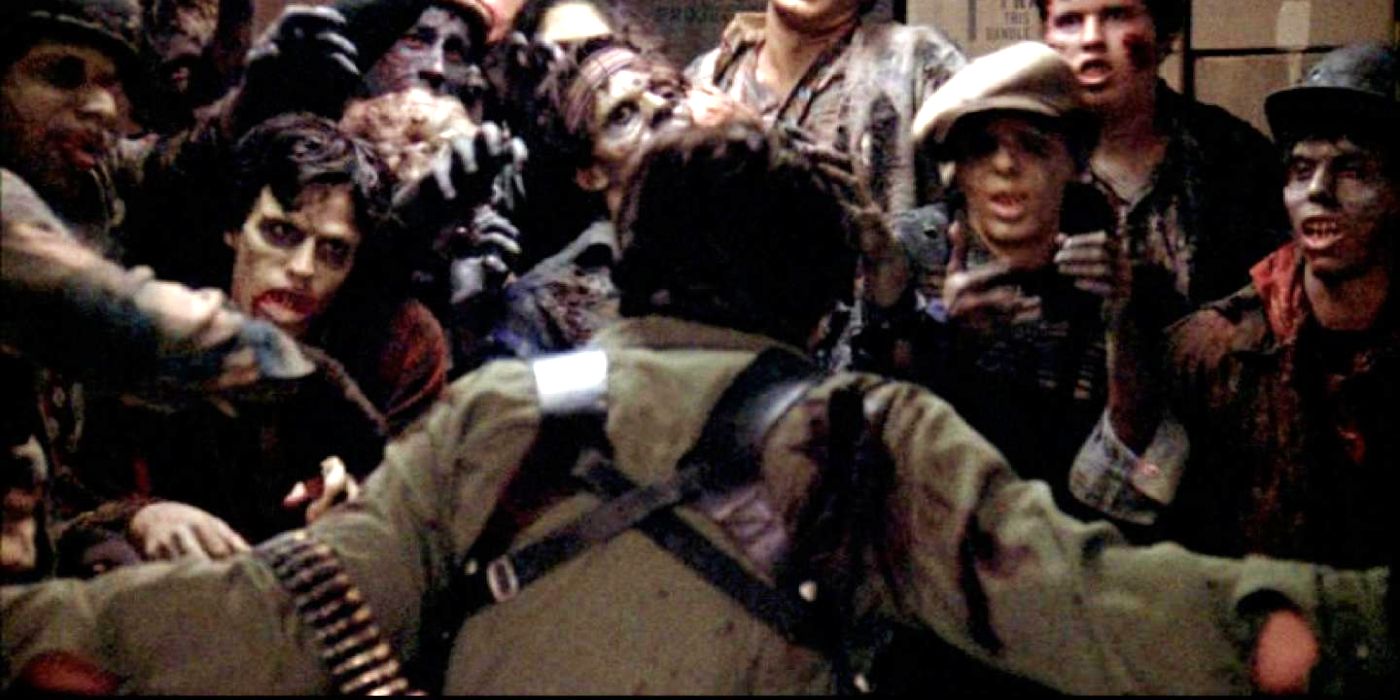
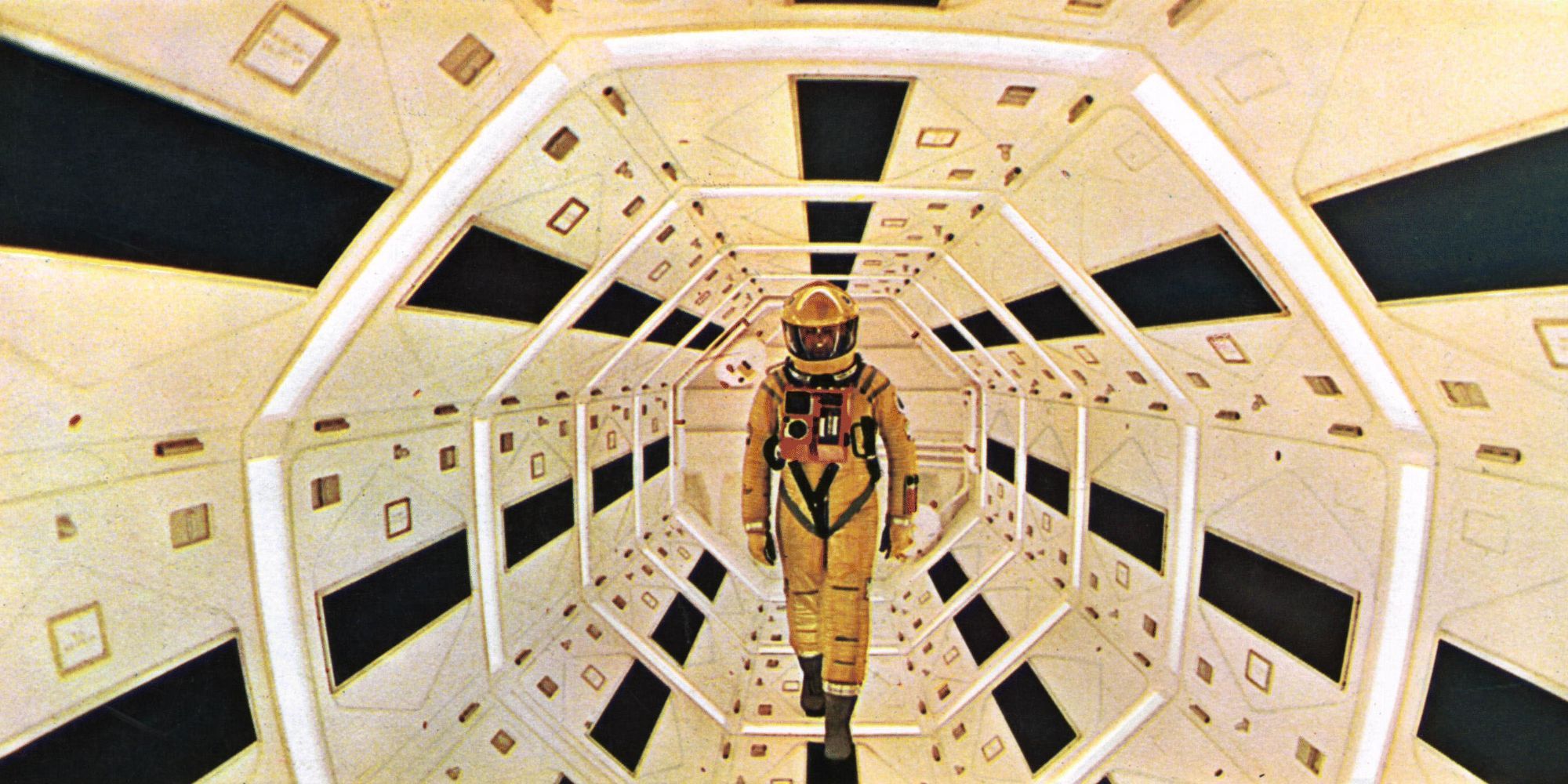
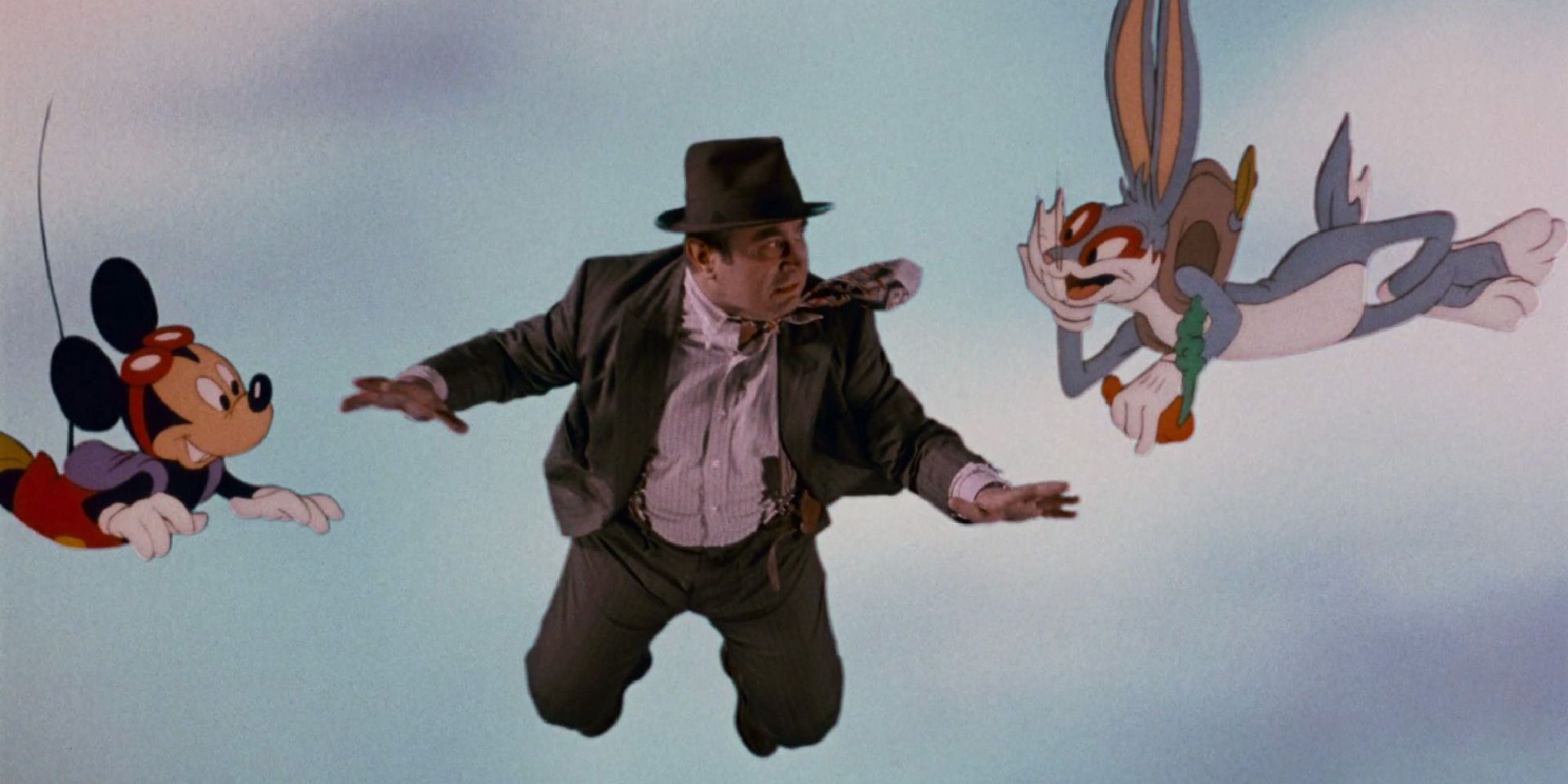
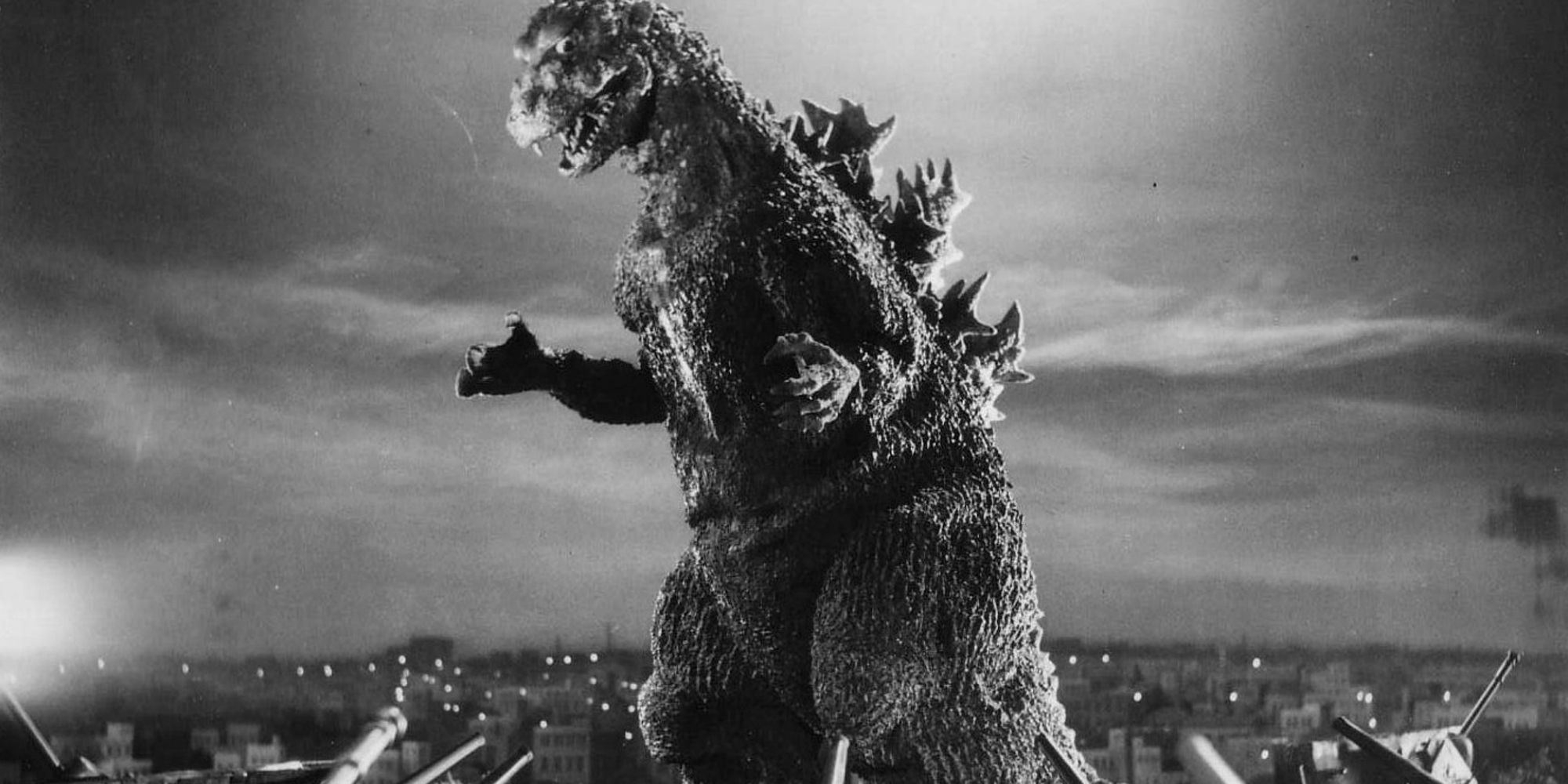

.jpg)